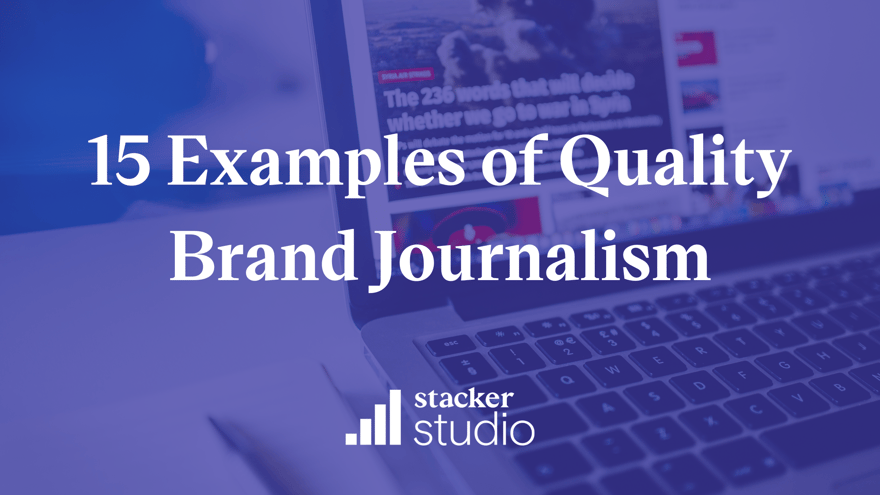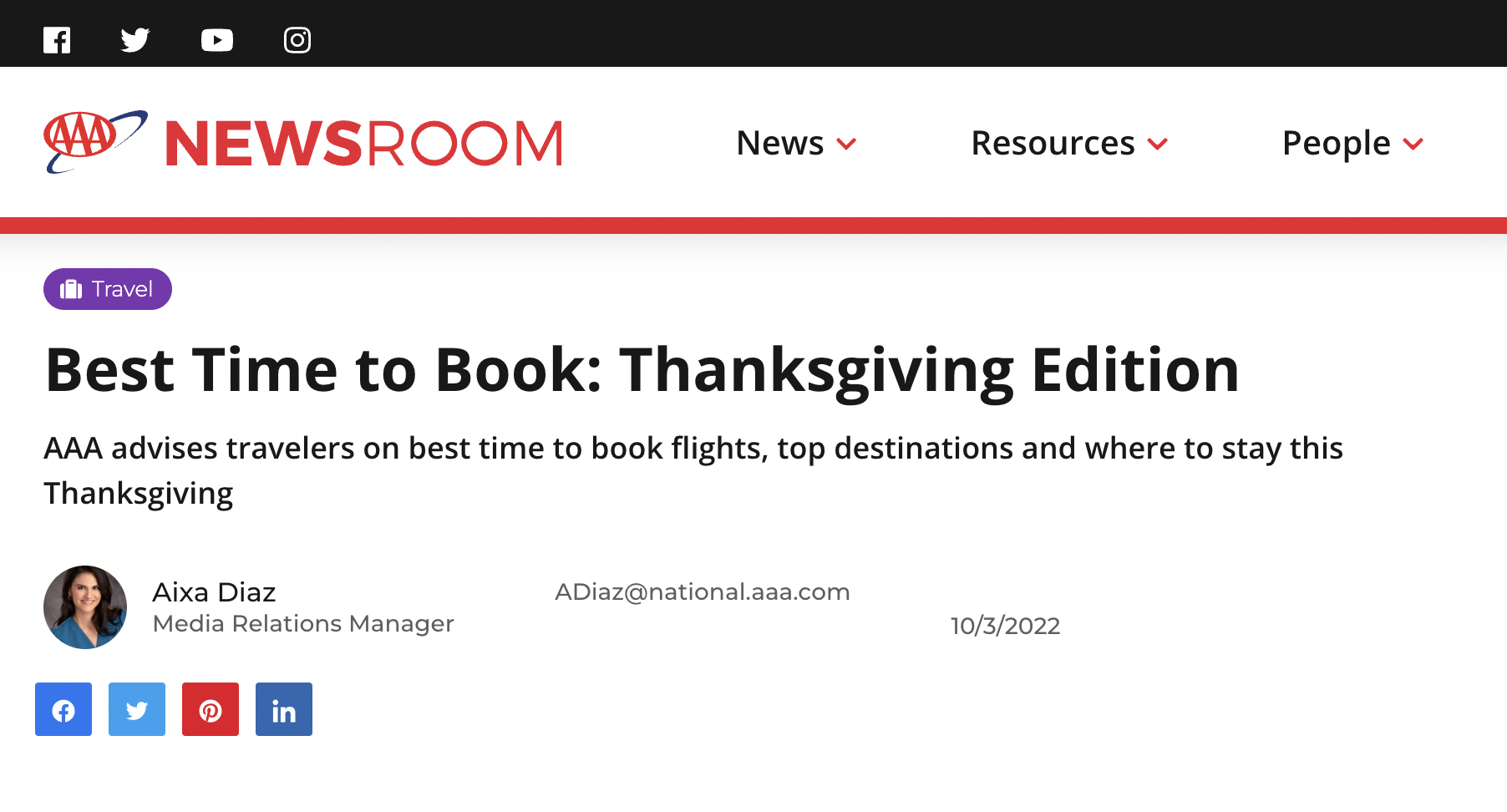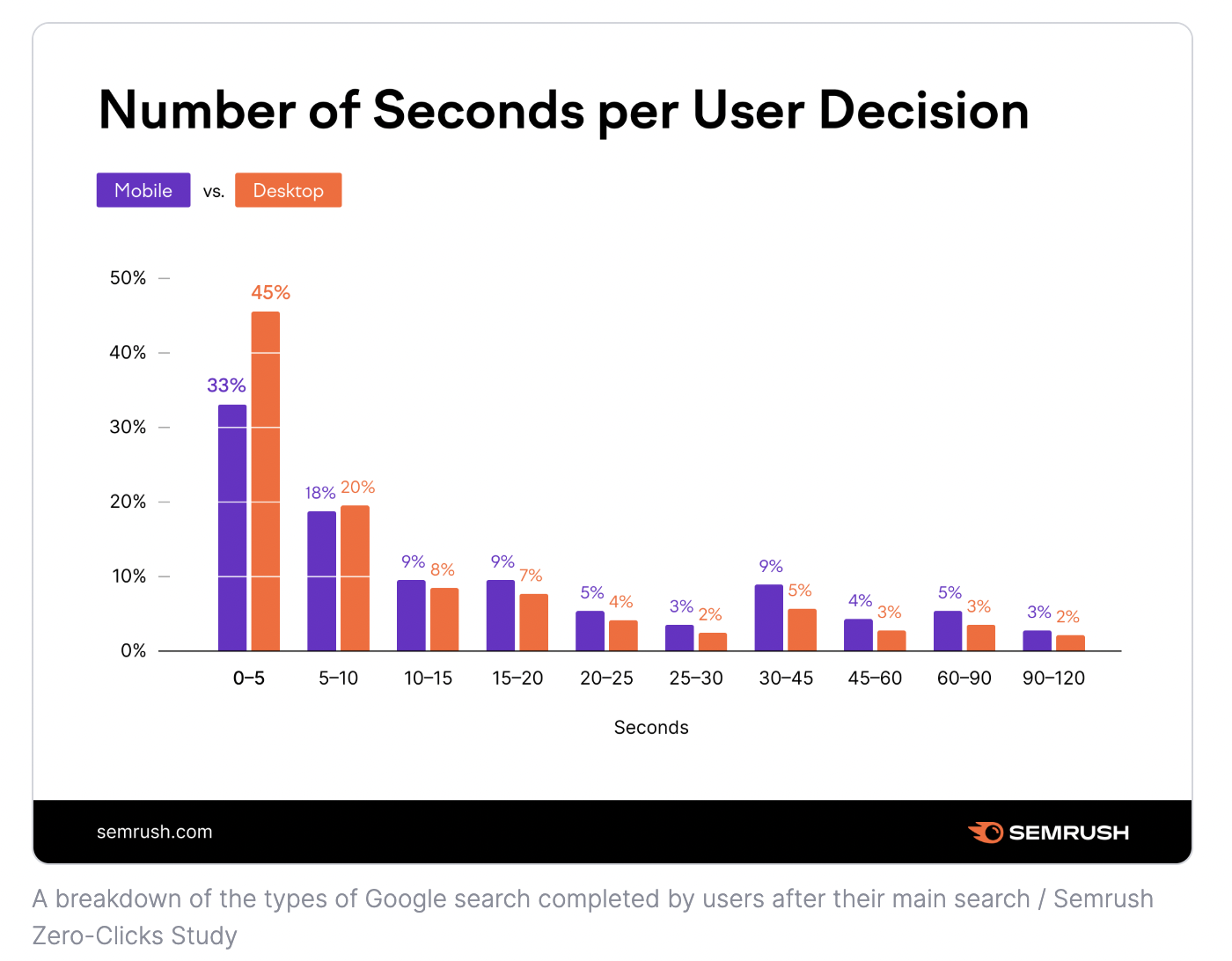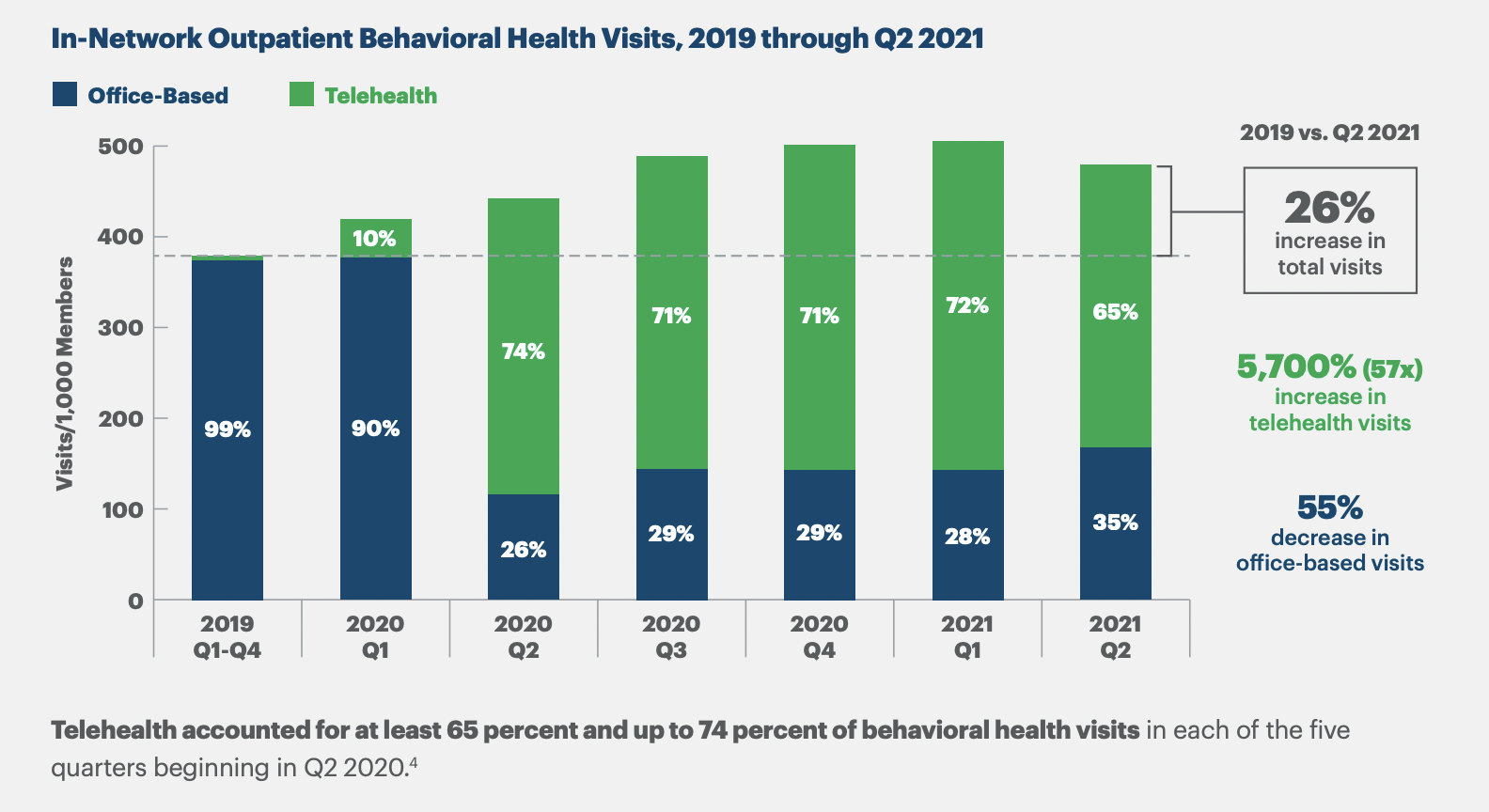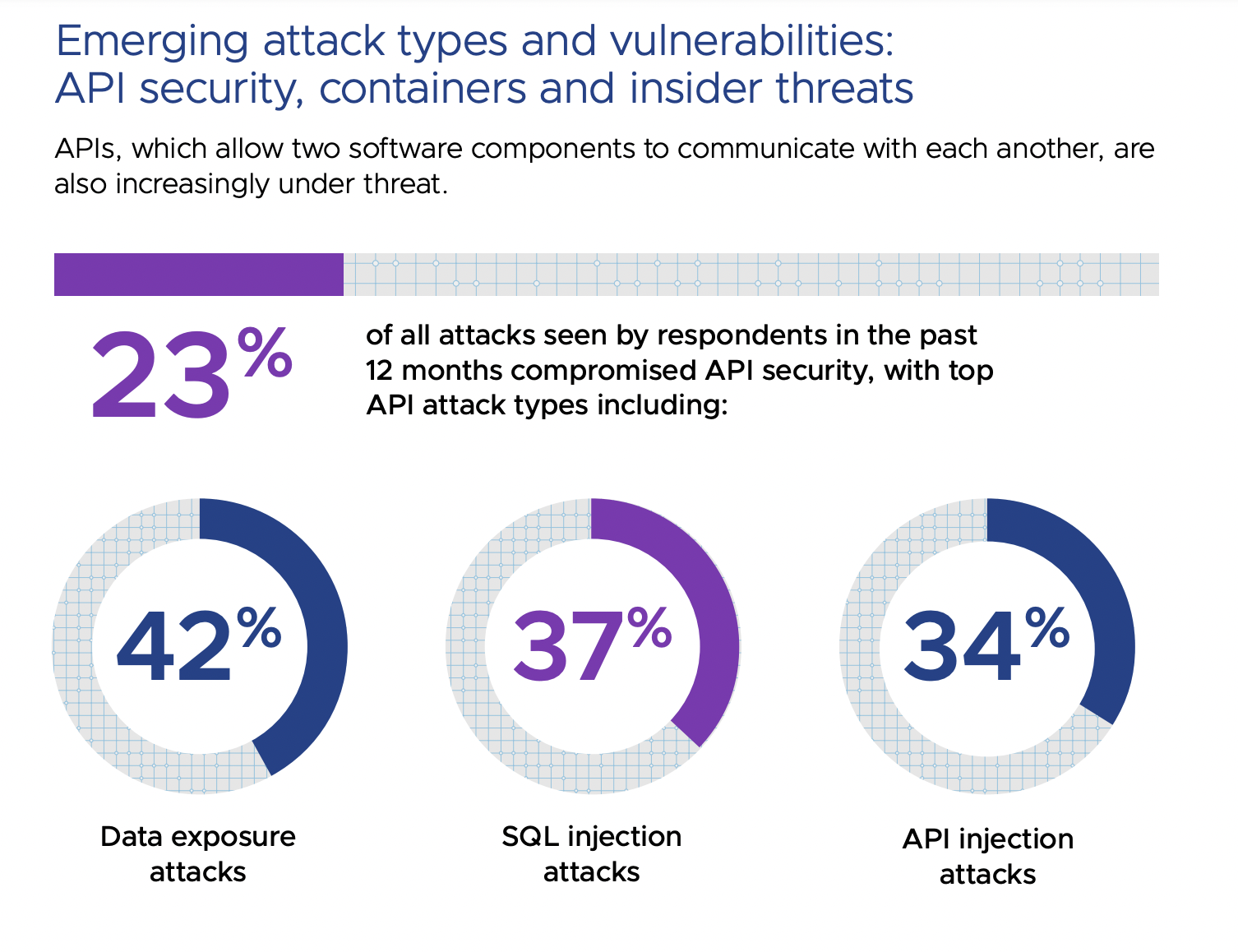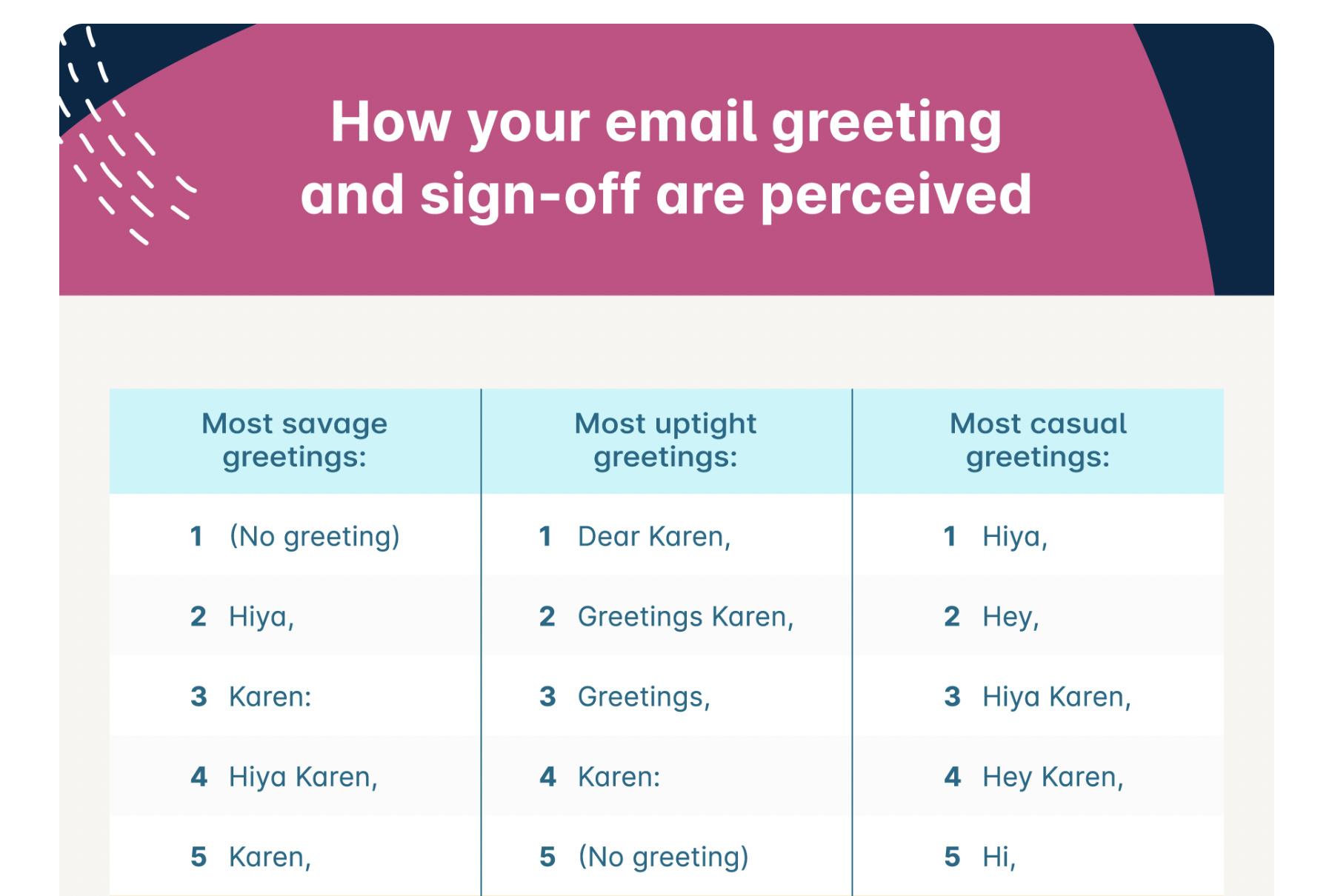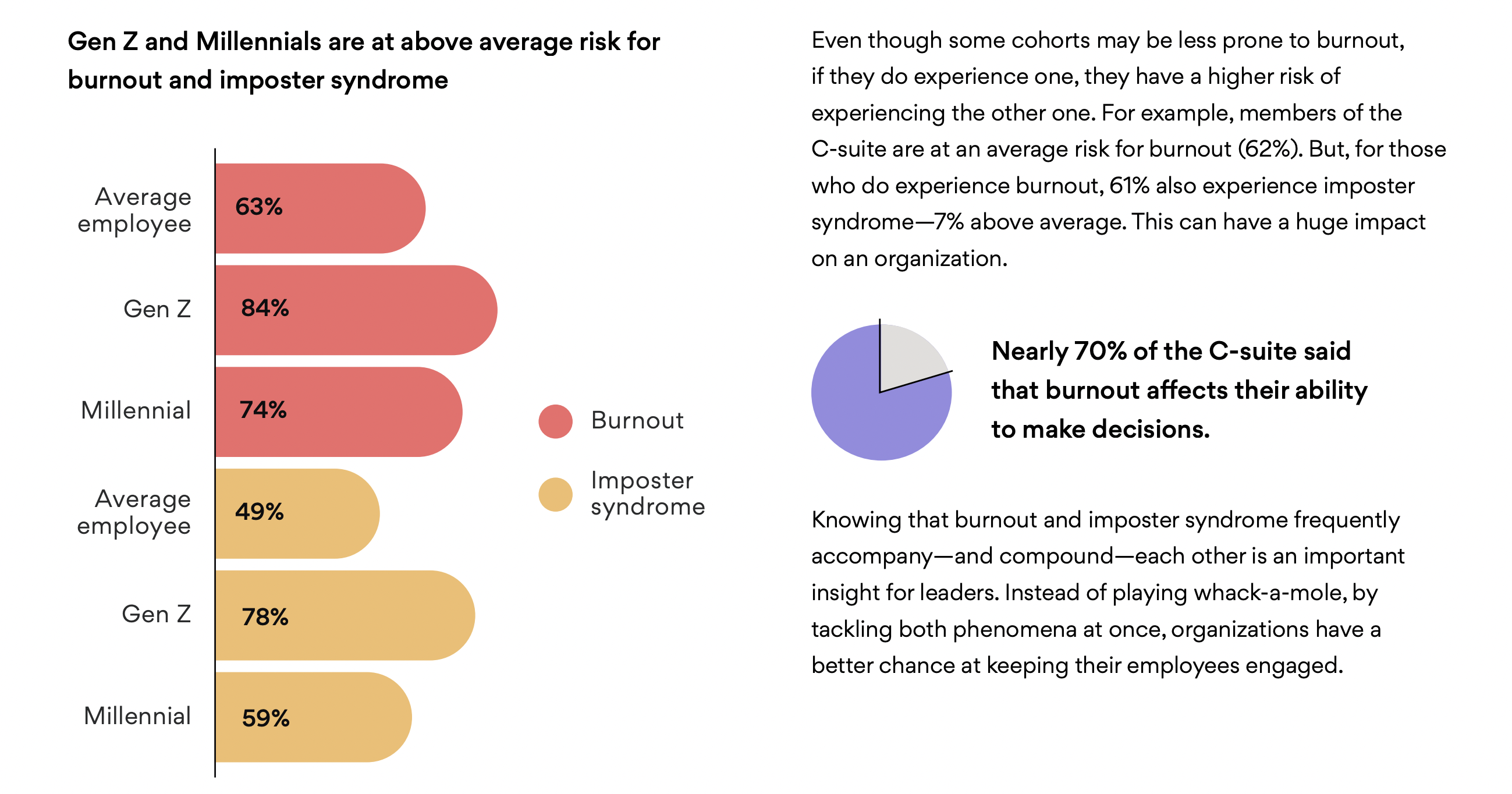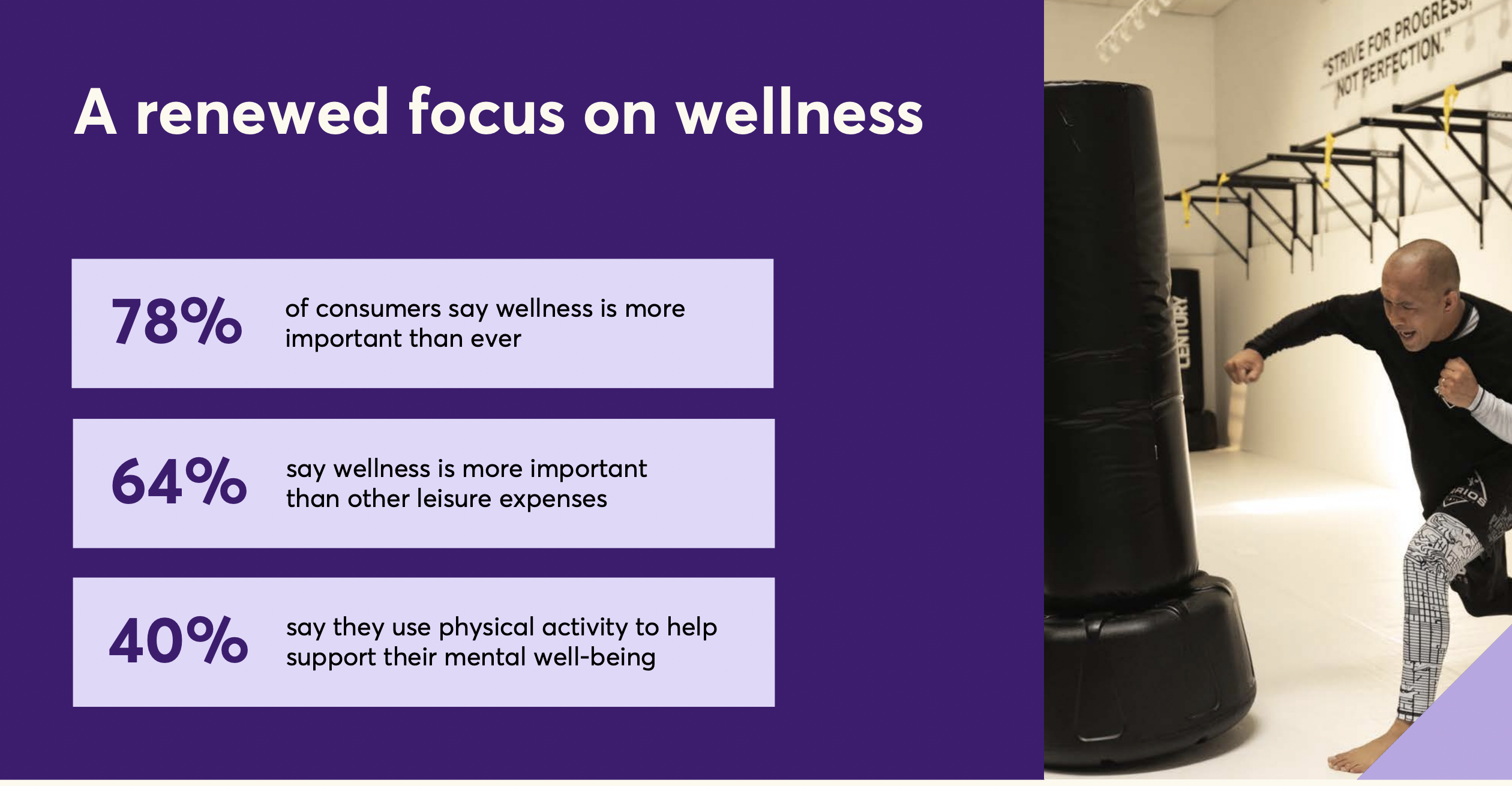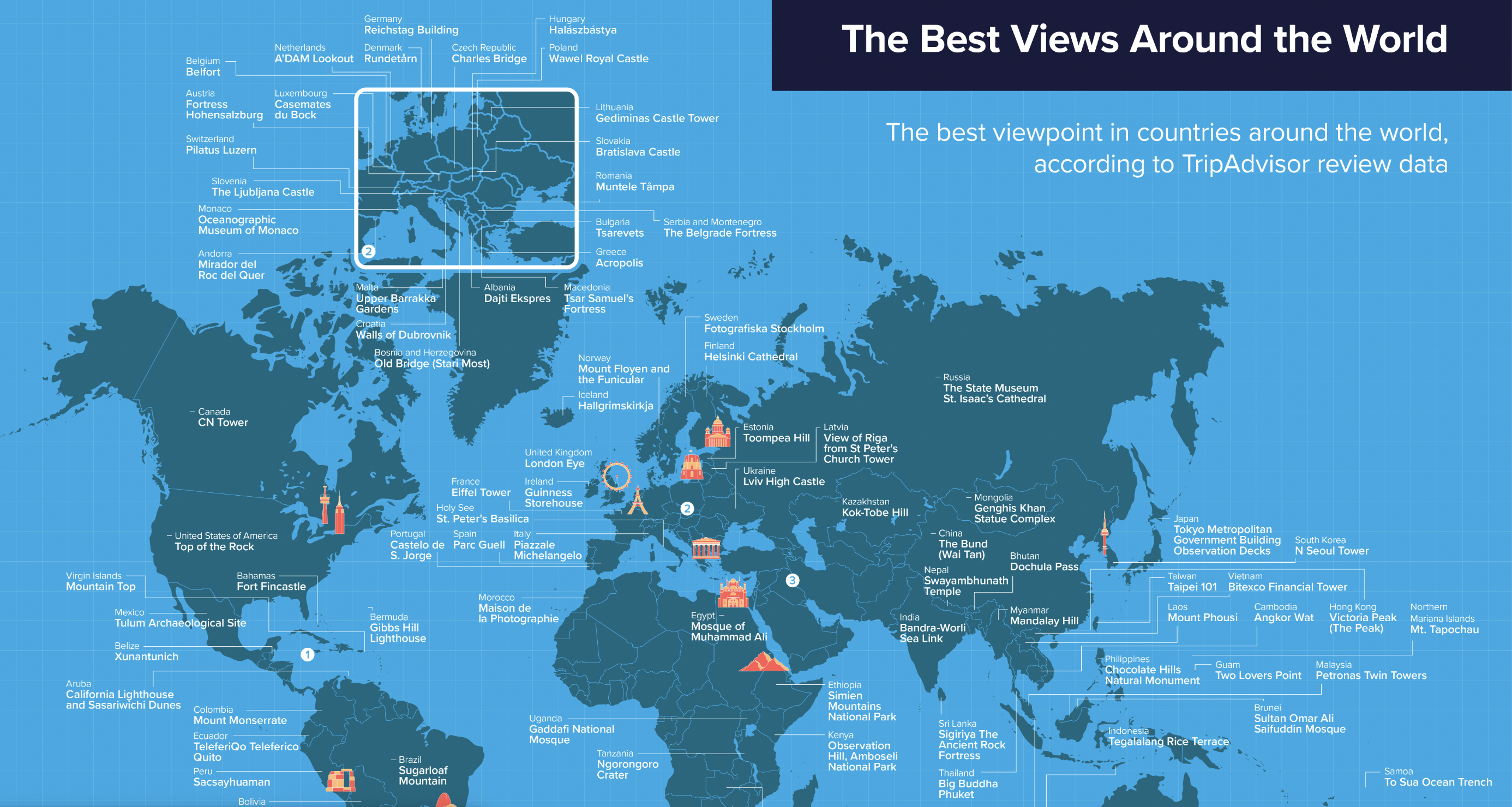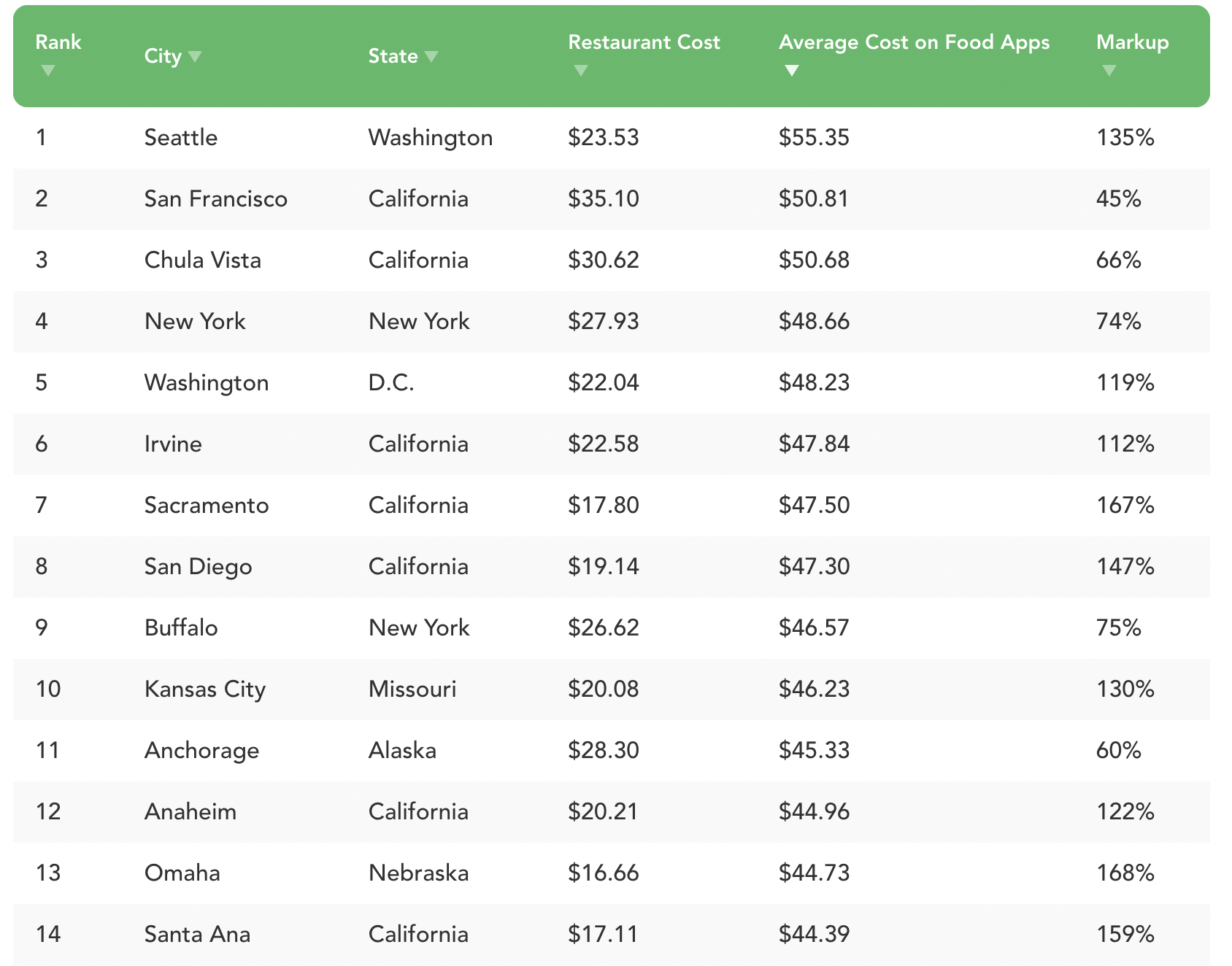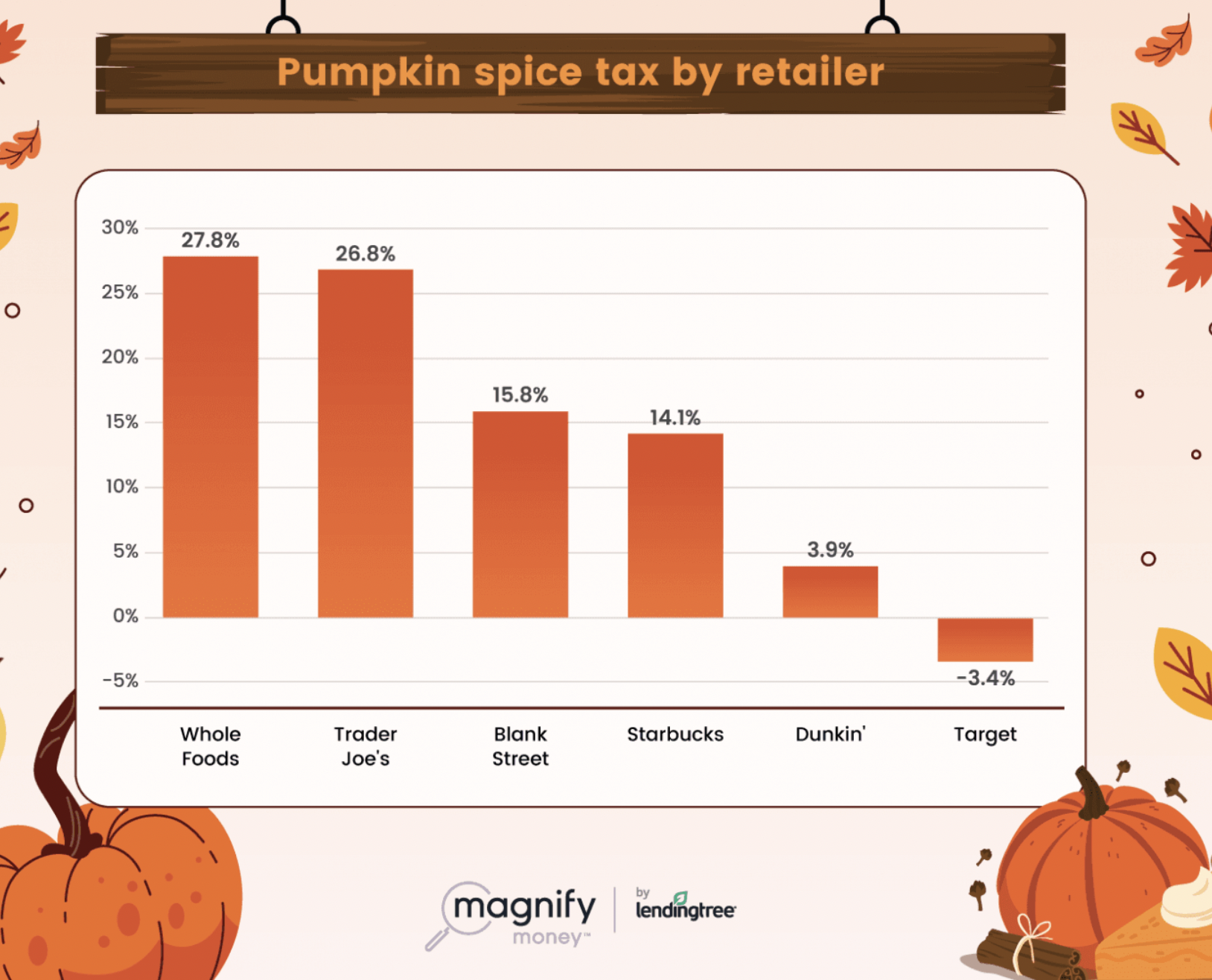Marketing experts have spent years discussing the value of content, particularly high-quality journalistic content.
At Stacker, we're big fans of brands investing in content of this caliber, but we realized the lack of a list or resource showcasing great examples of this type of work.
So, we decided to create the list ourselves. This list includes B2B and B2C companies, Fortune 500s, and venture-backed startups in a variety of industries. We hope to give these content creators the recognition they deserve while also compiling a list of examples to inspire other marketers.
Keep reading for 15 standout examples of brand journalism.
[Think your brand journalism should be featured in this list? Submit it here.]
Brand journalism via internal data
If you have access to internal data you can analyze and make public, it's an extraordinary way to build brand authority. With this approach, you are the source, which signals a deep connection to the industry. (Note: I left out some of the heavy-hitters here, like Zillow and TripAdvisor, because they're already well-known for accomplishing this.)
A Change of Pace For Gen Z Employees Entering the Workforce
Glassdoor has a wealth of information about the job market — particularly people's perceptions of companies and roles. Examining that data can unveil trends in the workforce by generation, as shown in the report above, while also giving job searchers inspiration regarding companies, positions, and locations to consider.
New-Vehicle Transaction Prices Decline as Automaker Incentives Hit Highest Point in a Year, According to Kelley Blue Book
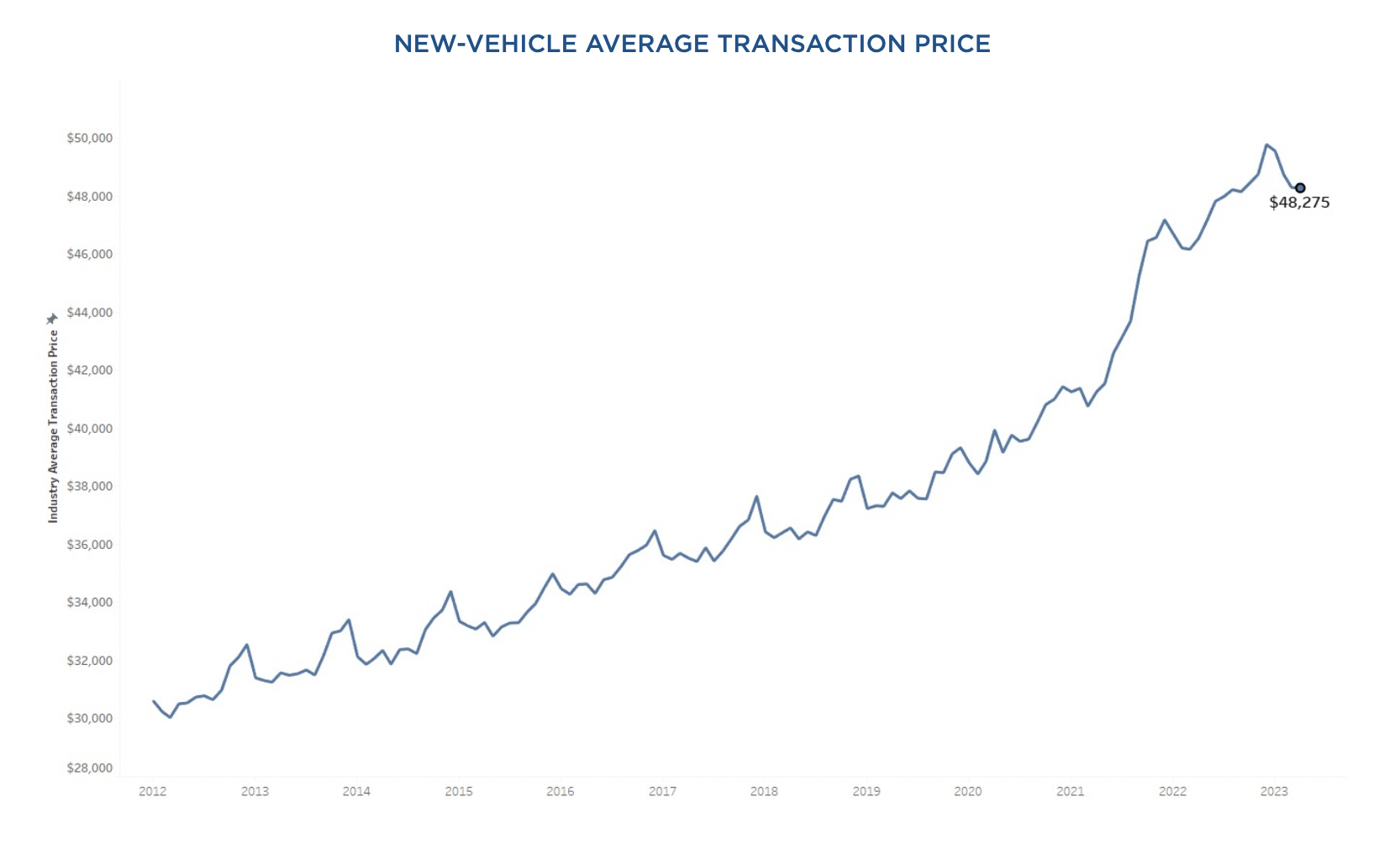
The title is long, but it calls out the major insight and includes the data source, two great headline strategies. And the data itself is very interesting and useful for their target audience.
What I like about this research is that it's straightforward with no fluff. The graphics are serviceable without being flashy, and the callouts quickly tell you everything you need to know.
Best Time to Book: Thanksgiving Edition
There is nothing I love more than when brands share their proprietary internal data for the benefit of others. In this case, knowing how airline prices fluctuate leading up to one of the most expensive travel times of the year is extremely valuable for thousands of people.
This is a great example of how data journalism doesn't have to be a massive report; if you have data and it's actionable for folks, share it!
Zero-Clicks Study
Since I've worked in the SEO industry, I have more context for this study than the others on this list. The topic of zero-click searches (when people search for something on Google but don't actually click a result) was not only popular but important. If people weren't clicking on search results, how would sites get any traffic (and thus revenue)?
Semrush was brilliant in doing this study. If you ever see a conversation happening that's more speculative than data-driven, find the data and share it.
Telehealth Enabled a 26 Percent Increase in Outpatient Behavioral Health Visits among Commercially Insured Individuals
Validation is a powerful thing. If people believe something, using data to prove or disprove that assumption can make a huge impact. This UnitedHealth Group research is a great example. Many assumed that access to telehealth would mean more behavioral health visits, and this data confirms it. It's one thing to assume — it's another to know.
Brand journalism via surveys
In our second batch of brand journalism examples, we have content created thanks to the insight of surveys. This is often the approach brands take when they don't have much internal data to analyze and share, but surveys also have the benefit of tapping into people's thoughts and opinions in a way raw numbers sometimes can't.
Most parents would be supportive if their Gen Z children didn’t want to go to college, study says
This piece is an excellent example of how you can create content that is relevant to your company's mission but also attractive to a wider audience.
Multiverse, a company that matches people to apprenticeship opportunities, likely identified the growing conversation around the high cost of college and how that conflicts with parental and societal expectations to attend a university.
They surveyed 1,000 parents and discovered that 64% of respondents would be supportive if their kids didn't want to get a college degree. This number and other stats help contextualize an important conversation around higher education.
2023 Global Travel Trends Report
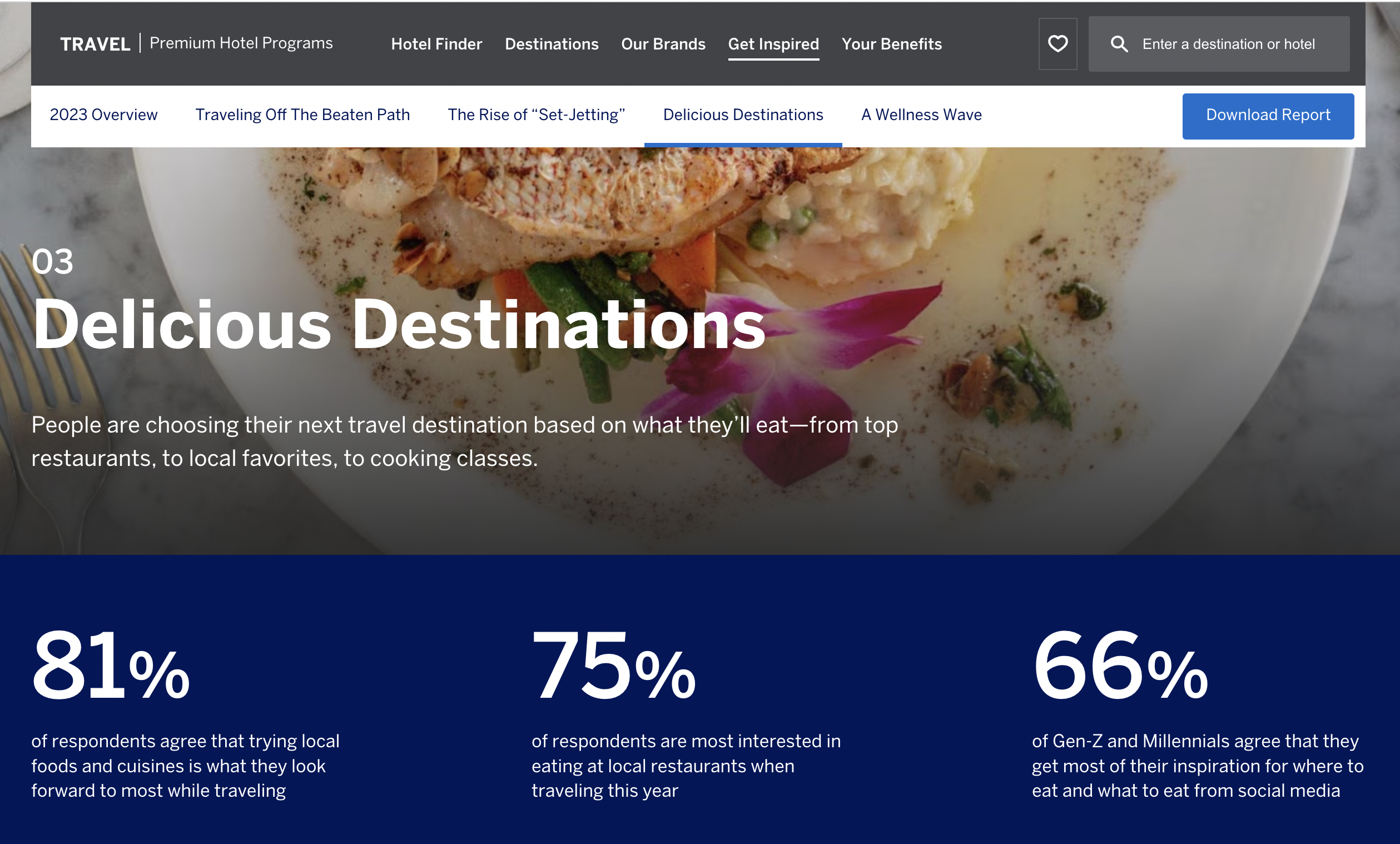
There's a lot to love about this report from American Express Travel. Not only is it packed with interesting survey-based statistics about the future of travel, but it's laid out beautifully. (Click through to see what I mean.)
The report serves its audience by providing interesting takeaways about travel preferences while demonstrating the company’s thought leadership in the space, allowing American Express to build trust in the travel industry after establishing itself in the finance industry.
Global Incident Response Threat Report
If you're going to talk about cybersecurity, you need to demonstrate you understand the complex landscape. VMware does a great job of this with their report, which goes in-depth for people in the field who want to dive into the details while also providing top-level takeaways for reporters.
At first glance, this topic might feel too niche to get results. But not all data journalism is meant to appeal to vast audiences. As long as it's critical to an industry audience, you can still earn decent buzz and media coverage (and build trust with your audience). This report, for example, was covered by CNET and TechRepublic.
Study shows the most savage ways to begin or end an email
Not all brand journalism has to cover serious topics! Survey data can be a gold mine for social and cultural trends and perspectives. I love that Preply explored how different email greetings are perceived.
Not only is it interesting to see how your typical email language stacks up, but it's useful to get a sense of how people interpret greetings and sign-offs. According to the survey, 46% of respondents said they can tell someone's mood based on their choices!
Keeping employees engaged in a burned-out world
Asana made a great call here: They likely saw topics around burnout and imposter syndrome were trending and decided to offer some value to the conversation. It's one thing to suspect how many people struggle at work; it's another to see the numbers.
Since Asana is a project management platform, demonstrating that the company cares about more than just productivity (inclusive of employee welfare) can also go a long way in building a connection with its audience.
2023 State of the Wellness Industry
You may be noticing a trend in this article — annual reports. These are excellent ways to demonstrate brand authority while simultaneously providing value to your readers.
In this example, Mindbody + ClassPass conducted a robust survey of over 17,000 people to understand emerging fitness trends better. I like how the statistics are interesting to the general public but also to their audience of folks who run their own workout studios.
Brand journalism via external data
Sometimes, the data already exists, but the right stories haven't been told. Tons of free data sets exist online, and when brands analyze this data to answer questions about their industry, it's often a successful endeavor.
Intuit QuickBooks Small Business Index
QuickBooks explains it best: "The Intuit QuickBooks Small Business Index is a powerful monthly indicator for the health of the small business economy in the US, Canada, and the UK — providing up-to-date employment and hiring insights..."
I'm including this one first because it's a methodology that includes internal and external data. They examined data from QuickBooks, the U.S. Bureau of Labor Statistics, Statistics Canada, and the U.K.’s Office for National Statistics. Combining data sources can offer the most comprehensive look at trends.
This is a fun methodology: Remitly analyzed over a million TripAdvisor reviews to see which locations had the most positive comments relating to the "view." Then they made lists of the best views across the world, in every state, and more.
This is the kind of methodology you don't see very often. When you don't have the internal data to answer a question, and the data set doesn't exist elsewhere, sometimes you have to get it yourself.
Self. ordered McDonald’s in the 100 largest U.S. metropolitan areas on DoorDash, Uber Eats, and Grubhub to explore which cities had the most expensive food delivery. (Spoiler alert: It's Seattle.)
Pumpkin Spice Tax Costs Consumers Up to 161% More at the Grocery Store
Pumpkin spice, the notorious flavor of fall, has received a lot of coverage, both good and bad. I love what MagnifyMoney did here: They took a hypothesis — that pumpkin spice items cost more than the "regular" versions — and sought to find the truth.
They manually collected info on product prices from Trader Joe’s, Whole Foods, Target, Blank Street, Starbucks, and Dunkin’. Again, hustling to get the information themselves paid off.
Conclusion
If you've been struggling to get a sense of what brand journalism can look like, use these impressive examples for inspiration. Consider what internal data you have, what public data you can analyze, and what manual research you can perform to tell stories that haven't been told before.
Think your brand journalism should be featured on this list?





.jpg?width=1657&height=1000&name=Nav-Our%20Results(1).jpg)

